This book is based on rigorous research conducted on the interface between industrial relations system and trade unionism in the new economic policy era India. It is written to satisfy the needs of academics, scholars, administrators, managers and policy makers. It is an outcome of pains takking research during 2000-2002, through survey research, multilocational field investigations and indel[pth case studies. There are nine case studies of large complex organizations from different states in India, viz., (1) State Express Transport Corporation (TN), (2) Metropolitan Transport Corporation (TN), (3) Simpsons (TN), (4) Visakhapatnam Steel Plant, (5) Dalmia cement (TN), (6) Shree Cement (Rajasthan), (7) textool (TN), (8) textile Industry in Coimbatore region (TN), (9) tea estates (TN). Though the focus is on Tamilnadu, the book is written with a national orientation. The research findings, survey of literature and case studies are highly beneficial to all the stake holders in the industrial system in India, viz., Workers, Managers, Scholars, Academicians, Administrators, Trade union activists and leaders, trainers and public policy makers. It is a gold mine of case studies for university teachers and trainers to use them in class rooms and training sessions. It is not an exaggeration to say that it studies in any other book on industrial relations. From the research finding, one can see the official policy of various trade unions in India as well as their practices in real life situations. The case of state transport corporations in Tamilnadu with more than one hundred trade unions is a class itself. Besides research findings, this book contains a number of practical and practicable suggestions for the consideration of public policy makers with reference to industrial relations systems and trade unions. The future scenario in the industrial relations system is forecasted in this book. Industrial relations system in India continues to maintain its statusquoist attitude even after several land mark judgments in the recent days on matters relations to labour from the law courts. This is inview of the political-bureaucratic super system controlling industrial relations system in India. Attempts such as the introduction of secret ballot method in choosing the bargaining agent in industrial organizations, have failed to bring democratic attitude and productivity c7ulture in industrial organizations. Already industrial houses such as the TVS, and Mahindras have started manufacturing units in China and others migrated with their units to South east Asian national and Africans nations. This may not be a great exodus but a beginning that may reach frightening heights, unless the industrial relations systems corrects itself and responsible trade unionism develops in India.
Industrial Relations
In stock
Free & Quick Delivery Worldwide
Bibliographic information
Title
Industrial Relations
Author
Edition
1st ed.
Publisher
ISBN
8131300722
Length
viii+239p., Tables; References; Annexures; Index; 23cm.
Subjects

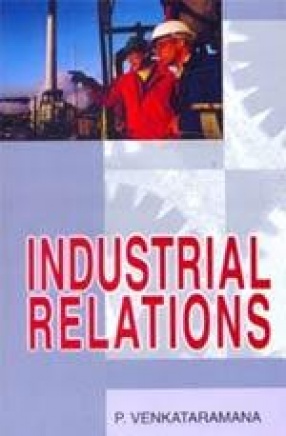
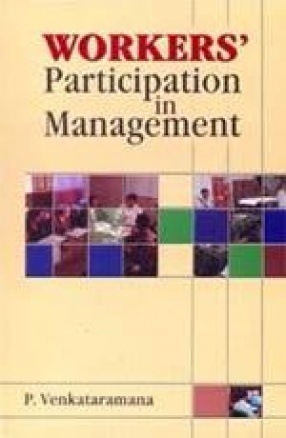
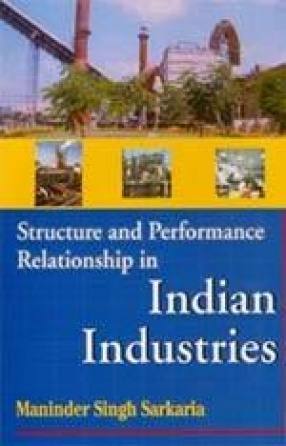
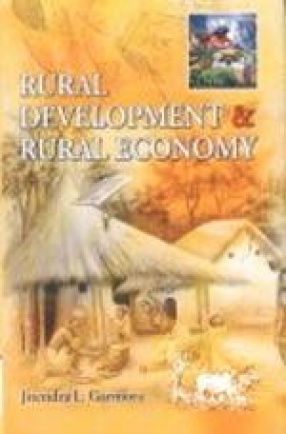
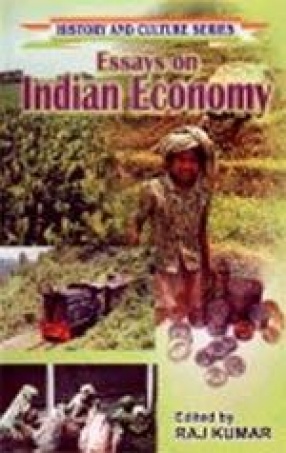
There are no reviews yet.